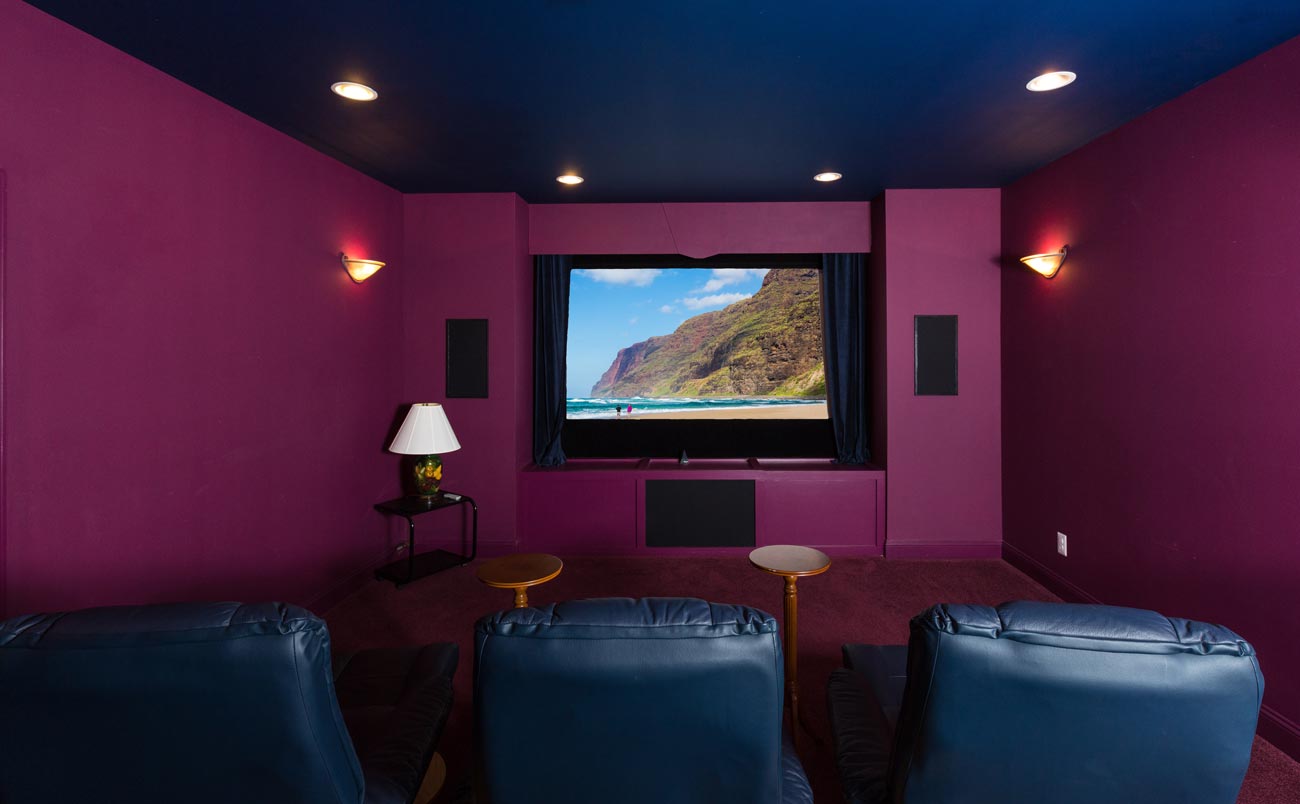Blogs

Designing the Perfect Media Room: AV, Acoustics, and Lighting
- Super User
A media room is more than just a space with a big screen and some comfy chairs. Done right, it becomes the heart of a home’s entertainment, where movie nights, game days, and binge-watching marathons turn into events. Designing the perfect media room requires balancing three elements: the AV system, the acoustics, and the lighting. Leave one out, and it’s like gumbo without the roux—something important is missing.
Building the AV Backbone
Every media room starts with the AV system. Without the right setup, the whole room loses its purpose. The equipment should be selected and installed so that every seat has the same experience, whether it’s the center of the couch or the recliner in the corner.
Speaker placement is a science in itself. Too close together, and the sound feels flat. Too far apart, and dialogue disappears into thin air. The sweet spot comes from careful calibration, ensuring action scenes have punch and quiet moments don’t get lost.
Wiring may not sound glamorous, but nothing ruins the mood like tripping over a cable in the dark. Planning ahead keeps things clean and clutter-free.
Acoustics: Where Science Meets Comfort
Even the most advanced system can’t save a room with poor acoustics. Sound doesn’t just travel—it bounces, echoes, and occasionally decides to vanish altogether. Hard surfaces like bare walls or tile floors reflect sound in ways that turn music into noise and dialogue into mumbling.
That’s why proper materials matter. Carpeting, drapes, and acoustic panels can turn a harsh room into a balanced space where sound flows naturally. Bass notes stay under control, and every word comes through clearly.
Acoustic design also has the added bonus of keeping the noise contained. A well-treated room prevents the big game from rattling dishes in the kitchen and keeps action movies from waking up the neighbors. It’s about respect as much as performance.
Lighting: The Silent Player
Lighting often gets overlooked, but it plays a huge role in shaping the mood. Too bright, and the screen looks washed out. Too dim, and someone stubs a toe on the coffee table. The right lighting creates comfort without distraction.
Layered lighting is the trick. Overhead fixtures provide general illumination, wall sconces add atmosphere, and accent lighting highlights the space without drawing attention away from the main event. Dimmers make it easy to set the right mood, whether it’s a late-night thriller or a Sunday afternoon football game.
Placement is everything. A poorly positioned light can cause glare, which has the same effect as someone shining a flashlight across the room. Done correctly, lighting becomes invisible—it simply works in harmony with the other elements.
Integration: Keeping It All Together
AV, acoustics, and lighting are strongest when they’re integrated into a single, well-designed system. Centralized control simplifies everything, allowing adjustments with minimal effort. Nobody wants to juggle five remotes just to start a movie.
Integration also makes upgrades easier. As technology evolves, a structured system allows new components to be added without tearing the room apart. That flexibility ensures the room remains relevant for years to come.
Comfort and Style
While technology and design make a media room function, comfort makes it inviting. Seating should be arranged for both enjoyment and practicality. Recliners, sectional couches, or even tiered seating create options for families and friends.
Design choices matter as well. Darker wall colors reduce light reflection, soft furnishings help sound, and thoughtful layout ensures nobody is craning their neck or leaning sideways for a clear view. The goal is a room that feels like home while performing like a dedicated theater.
Common Mistakes to Avoid
Plenty of media rooms go wrong because one element gets ignored. Installing top-of-the-line equipment without acoustic treatments is like putting a brass band in a bathroom—loud, but not enjoyable.
Another common mistake is treating lighting as an afterthought. A single overhead bulb might light the room, but it won’t create atmosphere. Likewise, poor seating placement can turn a state-of-the-art system into a frustrating experience. Balance is everything.
Why It Matters
A media room is about more than entertainment. It’s a gathering place, a retreat, and sometimes even a classroom for those Saturday morning cartoons that somehow still teach life lessons. Designing it well means creating a space that consistently delivers enjoyment without constant adjustments or distractions.
When AV, acoustics, and lighting work together, the result feels natural. The room fades away, and the focus shifts entirely to the experience—whether it’s cheering for a team, watching a favorite film, or catching up on a series.
Closing Thoughts
Designing the perfect media room is equal parts science and art. It demands precision in equipment setup, careful attention to acoustics, and a lighting plan that supports the experience. Add in comfortable seating and thoughtful design, and the space becomes something people want to return to again and again.
It may not require a hard hat or blueprints the size of a dining table, but designing a media room still calls for planning, balance, and a little creativity. Get it right, and the only challenge left will be deciding who gets the best seat in the house.



